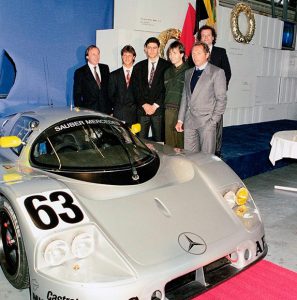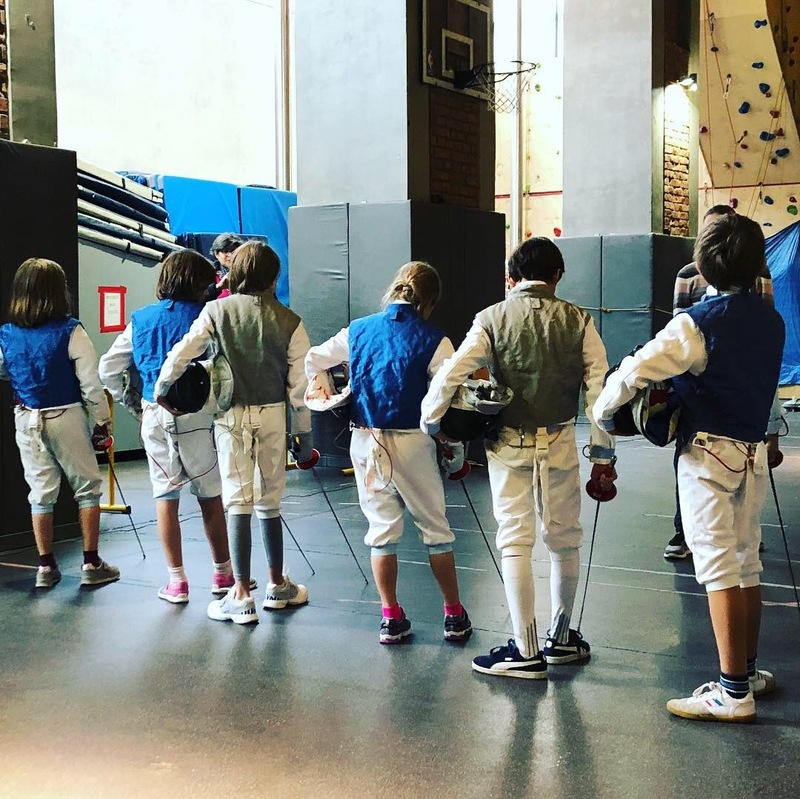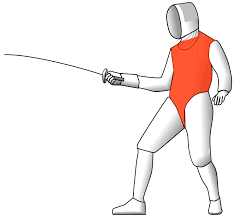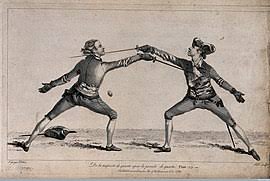On the anniversary of the collaboration of Michael Schumacher and Mercedes
 At the end of the year, Mercedes will mark a round date from the beginning of cooperation with one of the best drivers in the history of Formula 1, Michael Schumacher. If you think that everything began in 2009, then you are mistaken – their relationship this year will be 30 years old.
At the end of the year, Mercedes will mark a round date from the beginning of cooperation with one of the best drivers in the history of Formula 1, Michael Schumacher. If you think that everything began in 2009, then you are mistaken – their relationship this year will be 30 years old.
In the mid-80s, Mercedes decided to return to big motorsport after a 30-year hiatus. To do this, they found a partner – the Sauber team, which competed in endurance races. Officially, their cooperation began in 1985, when the Swiss team put up their prototype C8 with a German engine at the start of the “24 hours of Le Mans”.
In the future, they were not going to limit themselves to the role of an engine supplier in Mercedes, but they needed time to gain experience in motor racing of the highest achievements, without dampening their reputation. The Sauber team provided them with the perfect cover and gave them a good experience. The next chassis, the Sauber C9, was built in 1987 with the support of Mercedes. Two years later, the Germans finally dropped their masks – the 1989 car was officially called the Mercedes-Benz C11.
Mercedes was in no hurry to talk about their program, but they were not going to limit themselves to sport prototypes – in 1992 the debut in Formula 1 was planned. The endurance races served only as a launching pad, a testing ground for Mercedes. This meant that the standard approach when selecting pilots for the team did not fit – usually experienced riders were invited to the championship, but Mercedes needed just the young ones, who in a few years could be put behind the wheel of a Formula 1 car.
That is why Mercedes turned their attention to youth racing series – primarily to the German Formula 3. In 1989, it was just three very strong young pilots who dominated there – Karl Wendlinger, Michael Schumacher and Heinz-Harald Frentzen.
At that time, the 20-year-old Schumacher was the youngest pilot in the series, and Wendlinger was only two weeks behind him. Even the 22-year-old Frentzen was still considered a very young pilot, although at the same time he was definitely superior to Carl and Michael in experience. Behind him was two years in Formula Ford and the season in Formula Opel Lotus in the youth program of Jochen Mass (who also collaborated with Mercedes and in 1989, together with Manuel Reuter and Stanley Dickens won the “24 hours of Le Mans” on C9 )
Wendlinger’s formula career began a year later, but he already managed to spend one season in the German Formula 3. Schumacher’s “luggage” at that time consisted of only one season in the German Konig Formula, where he, however, won nine out of ten races. Nevertheless, speaking in F3 for the WTS Racing team, owned by his future manager Willy Weber, Michael was not inferior to his competitors and, like them, claimed the title. According to the results of the championship, three pilots will be divided by only one point.
In the fall, all three received an invitation to test Sauber-Mercedes at the Paul Ricard circuit. The first exit to the track ended for Schumacher in gravel – he tried to get ahead of Joachim Winkelhock’s Porsche, but flew out. But then things went better, and three young pilots participated in three more series of tests – again at Paul Ricard, and then at Jerez and in Hockenheim.
Interestingly, at first, the head of the Mercedes racing program, Jochen Neerpasch, considered Frentzen to be the best of the three pilots. Heinz-Harald immediately showed his natural speed – although, of course, do not forget about his experience. It took Michael more time to get comfortable, but soon he was no less inferior to Heinz-Harald in speed, and he definitely exceeded his ability to work off the track.
“Of these three, Heinz-Harald was the fastest,” Neerpash recalls. – He had a natural talent, it seemed that everything was easy for him. Then came Michael and Karl – in that order. However, Schumacher soon added a lot, he really wanted to study and collaborate with engineers.
Frentzen was talented, but there were so many things in his head … Schumacher, on the other hand, focused solely on his work, he did not think about anything but racing. He was the most consistent in his work, and in addition to his talent, from the first day he demonstrated tremendous will and incredible ability to absorb the information he needed. Machine, technology, strategy, car behavior during the races – he absorbed everything like a dry sponge that was thrown into the water. In one year, he learned what others needed three. ”
The purpose of the tests was to prepare pilots for performances in the world championships of sport prototypes, but no one was going to let them go freely. In 1990, they had to take turns to perform on the Mercedes-Benz C11 in a carriage with Jochen Mass, while the main crew, with experienced Mauro Baldi and Jean-Louis Schlesser, fought for the title.




